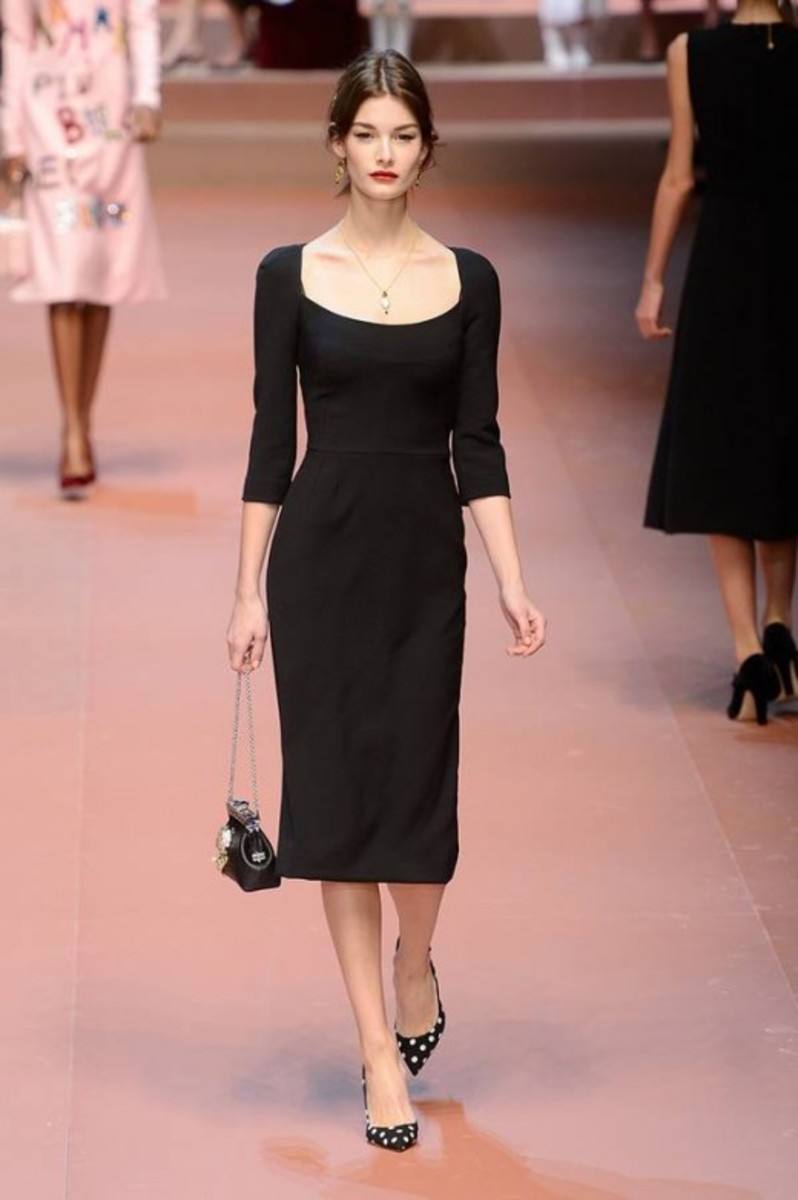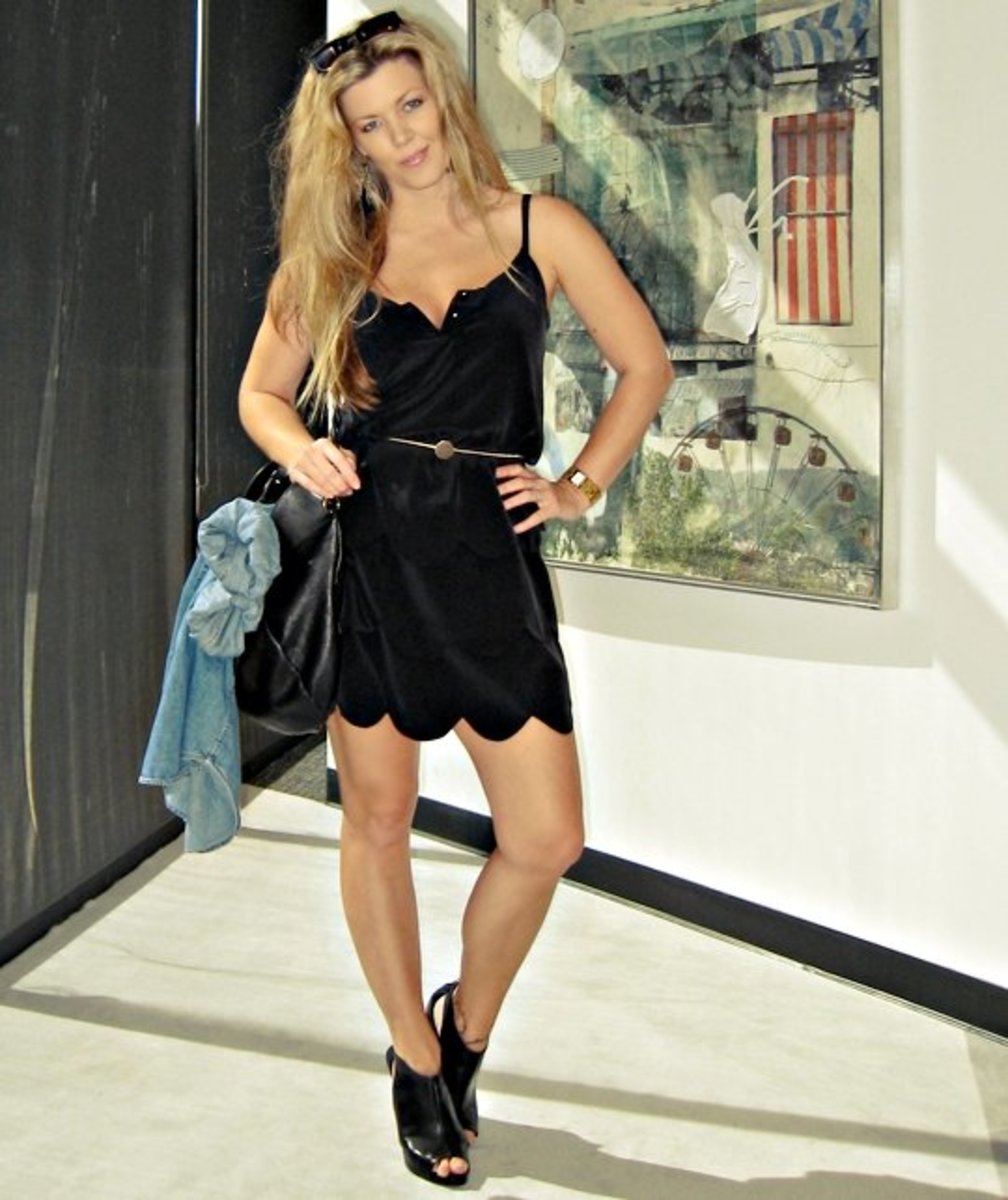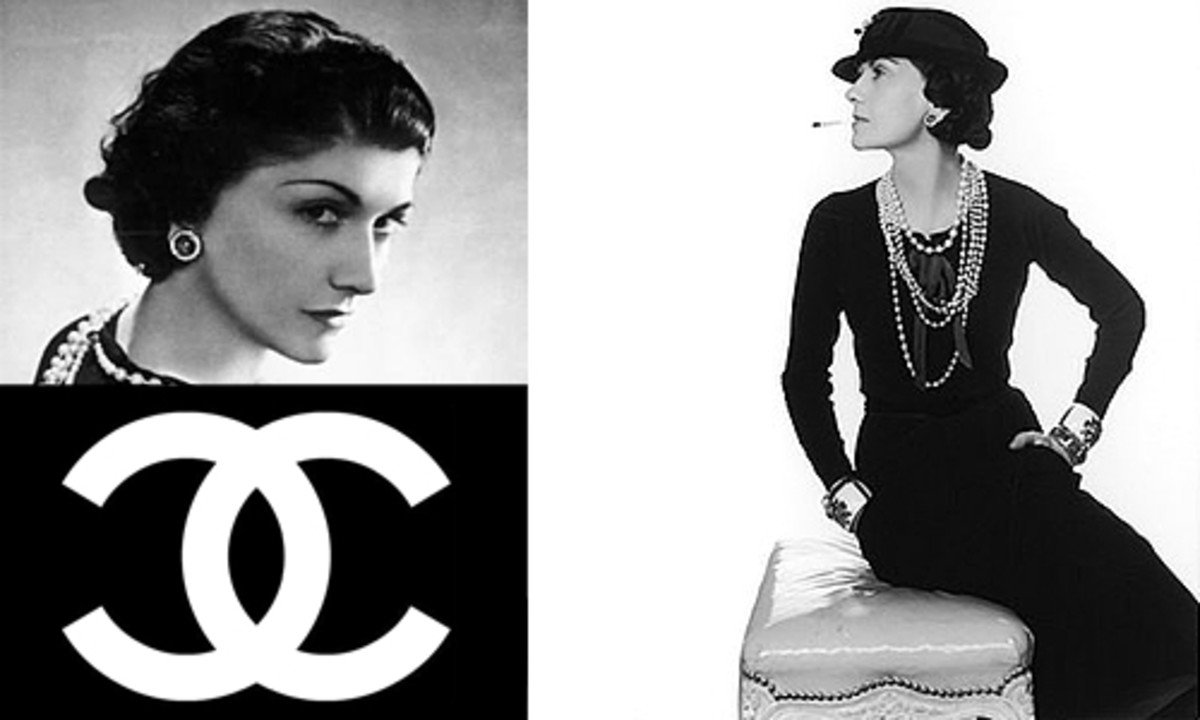- HubPages»
- Fashion and Beauty»
- Clothing»
- Women's Fashion & Clothing Styles»
- Dresses
The Black Dress-How I see it

The black dress is an item full of mystery and historical and cultural significance as ideas about it tend to agree one with the other. It does not matter which part of the world you hail from or which professional field you are involved in. I’m going to expand on why I think it is mysterious and historically significant by first looking at the recorded history of the black dress.
According to Wikipaedia.com: Prior to the 1920s, black was often reserved for periods of mourning and considered indecent when worn outside such circumstances, such as depicted in John Singer Sargent's painting, Portrait of Madame X.
Although the above history is recorded from the Western point of view, the same situation prevailed in the African Culture. In the Southern part of Africa, some tribes still adhere to the custom of making a bereaved woman wear a black dress for two years after the death of the husband or their child. In my culture, I grew up knowing the black dress as “The Sorry”, meaning “mourning dress”. It was only later in life that I realised black could also be won by anyone and for any occasion. The black dress in my case was made from very modest quality of material and was supposed to depict the bereaved woman as very plain. It is quite interesting to note that this state of affairs actually prevailed during the Victorian and Edwardian ages.
A widow's mourning dress was closely observed at a time when details in fashion conveyed a sophisticated symbolic language. During the Victorian and Edwardian ages, a widow was expected to wear several stages of mourning dress for at least two years. “Deep” or “full” mourning required the woman to wear plain black clothing with absolutely no decoration for the first year and a day of mourning. The second stage lasted nine months and permitted the wearing of black silk. In “ordinary mourning” for three months, the widow could accessorize only with black ribbon, lace, embroidery, or jet jewelry. The final six months of “half-mourning” allowed the bereaved to wear muted or neutral colors: shades and tints of purple were most common. [www.wikipaedia.com]
It is clear that the black dress has been around longer than most people reading this hub. It actually symbolised a sombre mood, a dark period in a person’s life, such as the death of a loved one. The black dress also evolved as fashion trends changed. Today, the black dress features not only at funerals but in all occasions and places; and it is far from being simple and can be as sophisticated as the person wearing it. Perhaps this is a direct effect of the World War 1 as stated again on Wikipedia: Because of the number of deaths in World War I, plus the many fatalities during the Spanish flu epidemic, it became more common for women to appear in public wearing black.
In fashion circles, “A little black dress is an evening or cocktail dress, cut simply and often with a short skirt, originally made popular in the 1920s by the fashion designer Coco Chanel. Intended by Chanel to be long-lasting, versatile, affordable, and accessible to the widest market possible and in a neutral colour, its continued ubiquity is such that many refer to it by the abbreviation LBD. How basic can one get, if not with a black dress as the blackboard of all fashion statements? I tend to agree with this record on Wikipedia as I have had the opportunity to shop for an evening or cocktail dress. In fact there are not many colours to choose from when shopping for such occasions though the fashion makers have tried to introduce other colours. I can say that Black rules!
In fashion also, the black dress also comes with some rules and is not a common piece but is won on special events and at particular times of the day. In this case it is usually won in the evening especially at cocktails. It is however, possible for one to wear black during the day and at formal workplaces. The only requirement is that it should be adequately accessorised to break the monotony that otherwise accompanies it.
It has become vital for one to have a black dress in their wardrobe. This piece is practical in that black is a universal colour and fits in with any other colour. Thus mixing and matching is so easy and can be very cheap but appear elegant.
The "little black dress" is considered essential to a complete wardrobe by many women and fashion observers, who believe it a "rule of fashion" that every woman should own a simple, elegant black dress that can be dressed up or down depending on the occasion: for example, worn with a jacket and pumps for daytime business wear or with more ornate jewelry and accessories for evening. Because it is meant to be a staple of the wardrobe for a number of years, the style of the little black dress ideally should be as simple as possible: a short black dress that is too clearly part of a trend would not qualify because it would soon appear dated.[www.wikipaedia.com]
There is however, a controversial association of the black dress with witchcraft. Witches are depicted in books and movies wearing black and with matching black headgear and gloves. I think this is due to black being the colour of darkness and represents the dark world. Spirit mediums also use black as their basic colour and anything black is considered heavy and absorbent. It absorbs everything from heat to spiritual transfers, sacrificial rituals and curses.
In spite of the rules and limitations historically and culturally placed on it; the black dress has evolved from the dark and gloomy world and today has become a versatile piece that can be applied in multiple situations and when properly accessorised, makes a vital fashion statement. It is not uncommon to see women wearing a black dress for any occasion.





